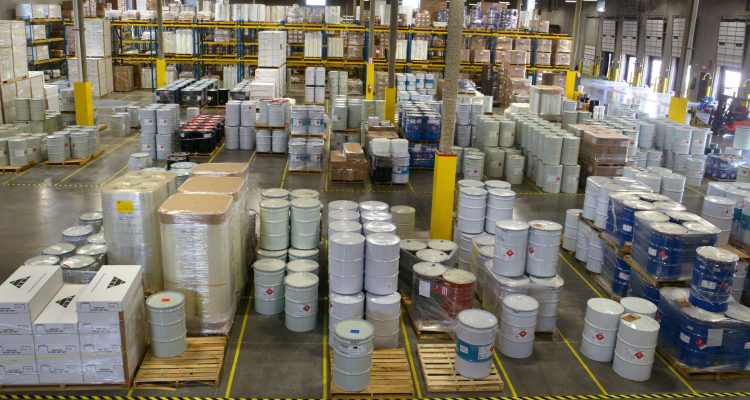But composites companies have not forgotten the difficulties they had obtaining overseas shipments during the pandemic. Some have made changes to obtain more supplies closer to home or at least in less politically volatile areas.
U.S.-imposed tariffs have already increased the cost of materials coming from China, says Wallenhorst. He fears that if relations between the two countries continue to deteriorate, China could decide to limit exports in certain industries. “If they do that in glass fiber, it would be devastating to the composites industry,” he adds.
Creative Composites Group had already begun distancing itself from China-based suppliers pre-pandemic. Today more than 95% of its materials supplies come from within the U.S.
Fiber-Tech, which annually requires almost 3 million square feet of polypropylene honeycomb cores, has taken a different route. With few North American suppliers, the company had to obtain most of its supply from China. But when the shipments arrived, the orders were often incorrect, and the specific honeycomb core sizes it needed didn’t fit into shipping containers. Fiber-Tech began analyzing the feasibility of opening a U.S.-based honeycomb production facility in late 2019.
“Then the pandemic came along and made things 10 times worse, which made us look like visionaries,” Wallenhorst says. Fiber-Tech ordered the necessary equipment for the facility in the fall of 2021, but due to supply chain issues didn’t receive it until this past winter. It now hopes to open the new production facility in June.
Ongoing Challenges
Although the composites supply chain is relatively stable now, the reality is that it could be disrupted at any time. During the last few years, weather-related incidents – from earthquakes and flooding to fires, hurricanes and deep freezes – have all impacted the U.S. and overseas supply chains. In addition, workforce shortages and labor problems at U.S. ports could impact material movement in 2023 and beyond.
Although the cost of oil has decreased since the first half of 2022, composites companies have not yet seen a hoped-for decline in pricing for resins, gel coats and other materials. Wallenhorst says one reason for this is chemical companies’ more granular approach to pricing. Petrochemicals no longer follow a single supply and demand equation. There are now individual companies with separate plants that follow their own supply and demand cycles.
Another factor in materials pricing is industry consolidation, with many former competitors in the materials supply market now owned by a few large corporations. That limits competition, which usually leads to higher prices and less supply chain resiliency.
Weyant says suppliers have told him that higher prices are necessary corrections that allow for capital expenditures to advance capacity improvements. Plus, both suppliers and transportation companies are passing on the costs of the higher wages they must pay to attract and retain good workers in a very tight labor market.
Although the composites industry is experiencing its own workforce shortage, composites manufacturers and suppliers that want to weather the ups and downs of their own supply chain must find the most qualified people they can to oversee it.
“It really boils down to investing in talented people and technology and partnering with great suppliers,” says Smith. “Those are the kinds of things that put companies in the right position to ensure that they’ve got the robust supply chain that they need to do business and get things done for their customers.”
Mary Lou Jay is a freelance writer based in Timonium, Md. Email comments to mljay@comcast.net.
The smooth functioning of the composites supply chain is dependent upon the availability of qualified workers to handle the movement of goods and materials.
Photo Credit: Composites One



